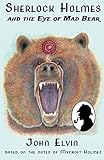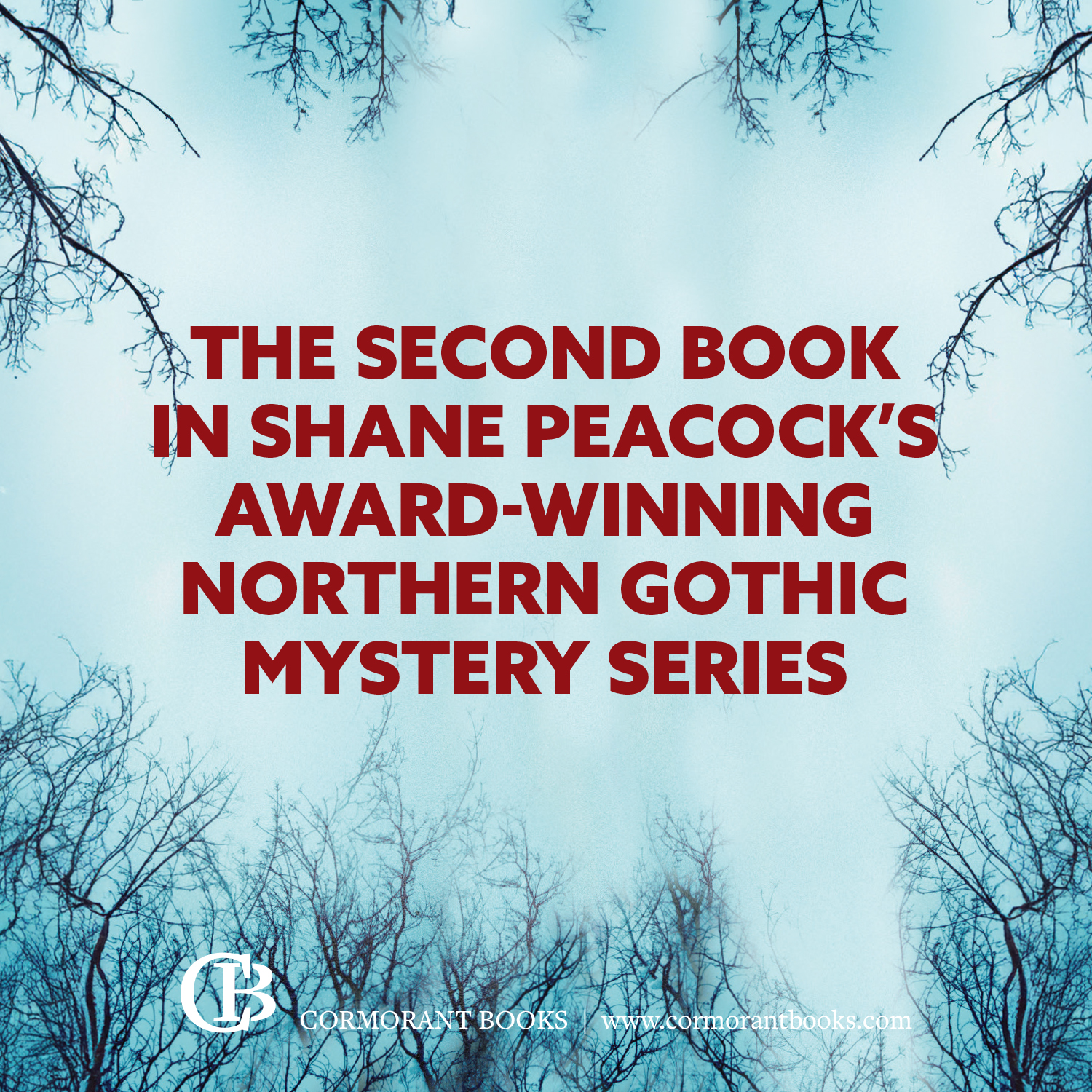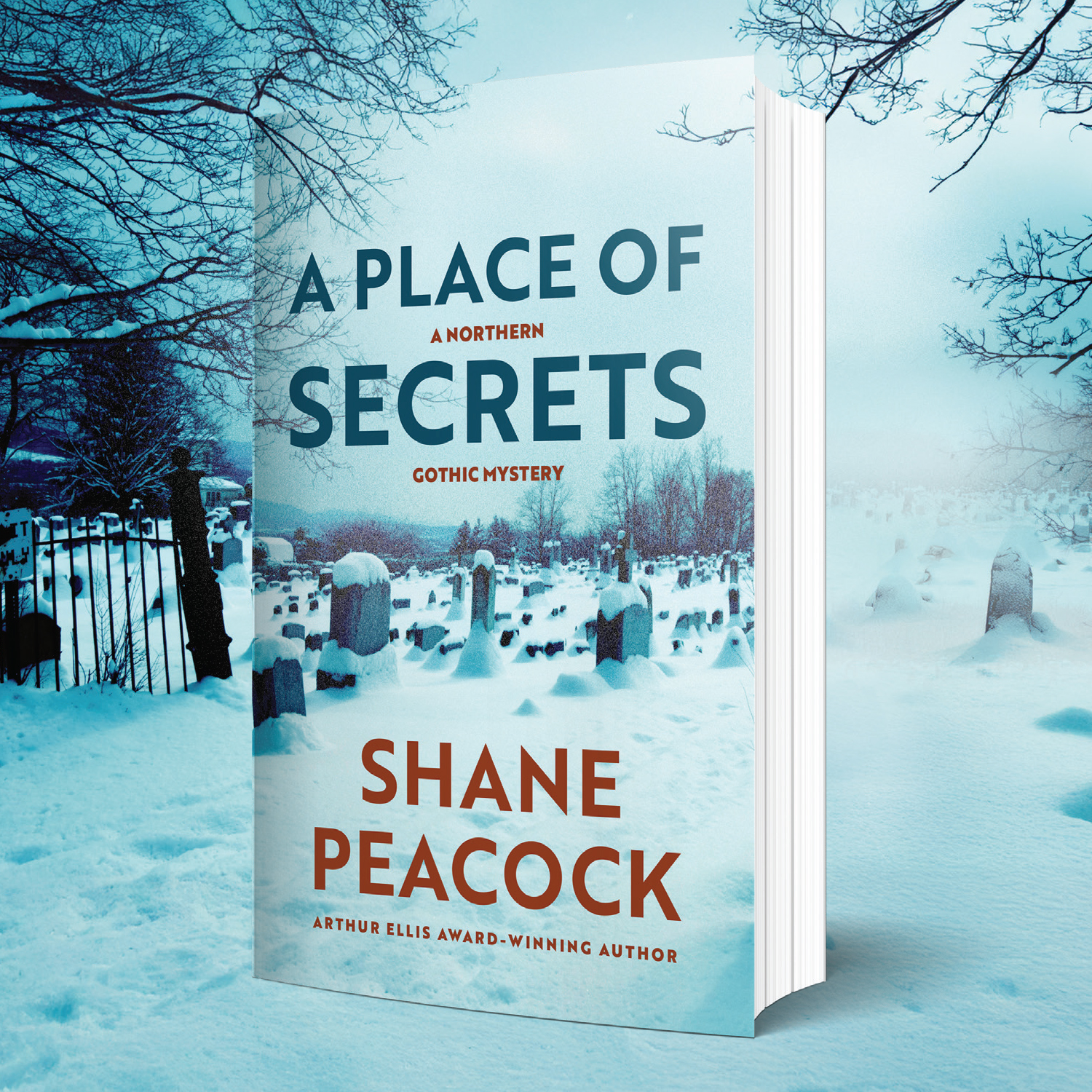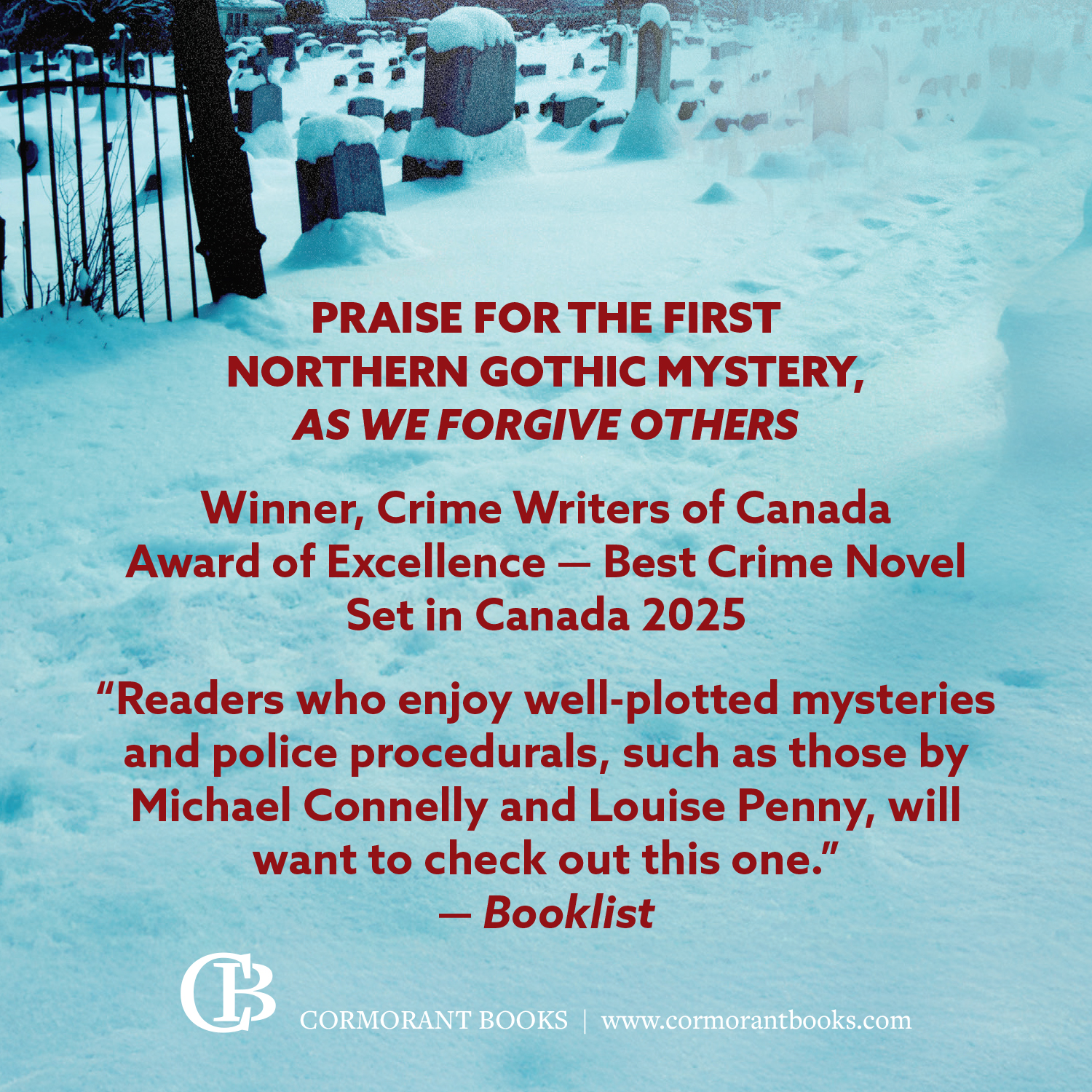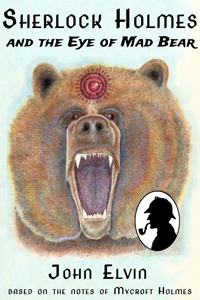
Every so often crime fiction lovers stage that old debate – should the famous characters of the genre be laid to rest with their authors when they pass on, or can we allow other writers to take them up and give them new mysteries to solve? John Elvin is clearly in the latter camp and has written an interesting pastiche that sees Holmes and Watson on a jaunt in New York State retrieving a trinket for the future King of England.
Sherlock Holmes and the Eye of Mad Bear is set some time after Holmes’ fateful encounter with Moriarty at Reichenbach Falls. After so many mysteries and adventures together, Holmes and Watson have parted ways. While Holmes is apparently off in the Himalayas somewhere, Dr Watson has been drinking himself into a stupor. However, our narrator, Mycroft Holmes, has plans.
He’s promised to help retrieve an amulet belonging to the Royal household that Prince Albert Edward has given to one of his mistresses. The actress Lillie Langtry has taken the jewellery with her back to the United States, and refuses to return it to the future king. After drying out in the 19th century equivalent of The Priory, Watson is sent by steamship to New York. He heads upstate to Saratoga Falls, where Langton and numerous other rich and famous Americans reside.
Soon enough Watson falls off the wagon, and while he’s blind drunk a man is killed. It’s Langtry’s cook, Pettigrew, and Watson is arrested. Fortunately, Holmes is actually working in Saratoga Springs – disguised as a professor studying the Nordic sagas – and is there to help when Watson’s released on bail. The pair must then try and track down the amulet which appears to have been stolen by Col Sebastian Moran or one of his henchmen. Once a military man, Moran is sold as a ruthless and violent man, who has stepped into the vacuum left by Moriarty’s disappearance and now heads up an international crime syndicate.
An odd mix of other characters drift in and out of the book. There are mysterious Native Americans, Pinkertons men, local policemen, gamblers, and collectors of old books and art. There’s an Irish butler called William Yates, and even Butch Cassidy and the Sundance Kid even turn up. The story itself twists and turns unpredictably, and seems more of an adventure than a mystery. Elvin exploits all sorts of aspects of the New World from the Wild West mentality to its wilderness, lakes and rivers, with the metropolis of New York never far away.
Are Holmes and Watson authentic? Well, to an extent. At times the dialogue and narrative do feel very true to Conan Doyle’s writing, albeit with the author’s tongue firmly in his cheek. Watson seems weaker in character than in the original stories, and Holmes perhaps a bit more eccentric. Now and again, they do use American phrases – I don’t think Holmes would ever have referred to trousers as ‘pants’, which means underwear in the UK. Sometimes, the author has fun at their expense. At one point, another character sees through Holmes’ professor disguise, and gives him a dressing down using the same sort of deductive reasoning we’re used to from the great detective himself.
The storytelling is another matter. Much of it is narrated by Mycroft, who explains that he’s putting the story together based on letters received and conversations had with Holmes and Watson after the fact. This does mean that the events feel a little third hand – as though they’re told via tertiary sources – than what most modern readers are used to.
But is it entertaining? Yes, it certainly is. For all its foibles, randomness and eccentricities, the book whips along and produces the unexpected every few pages. This is not for the Sherlock purist, but it’s fun to read if you want to explore something that’s been done with Conan Doyle’s characters that’s a bit different.
Self-published
Print/Kindle/iBook
£3.24
CFL Rating: 3 Stars



